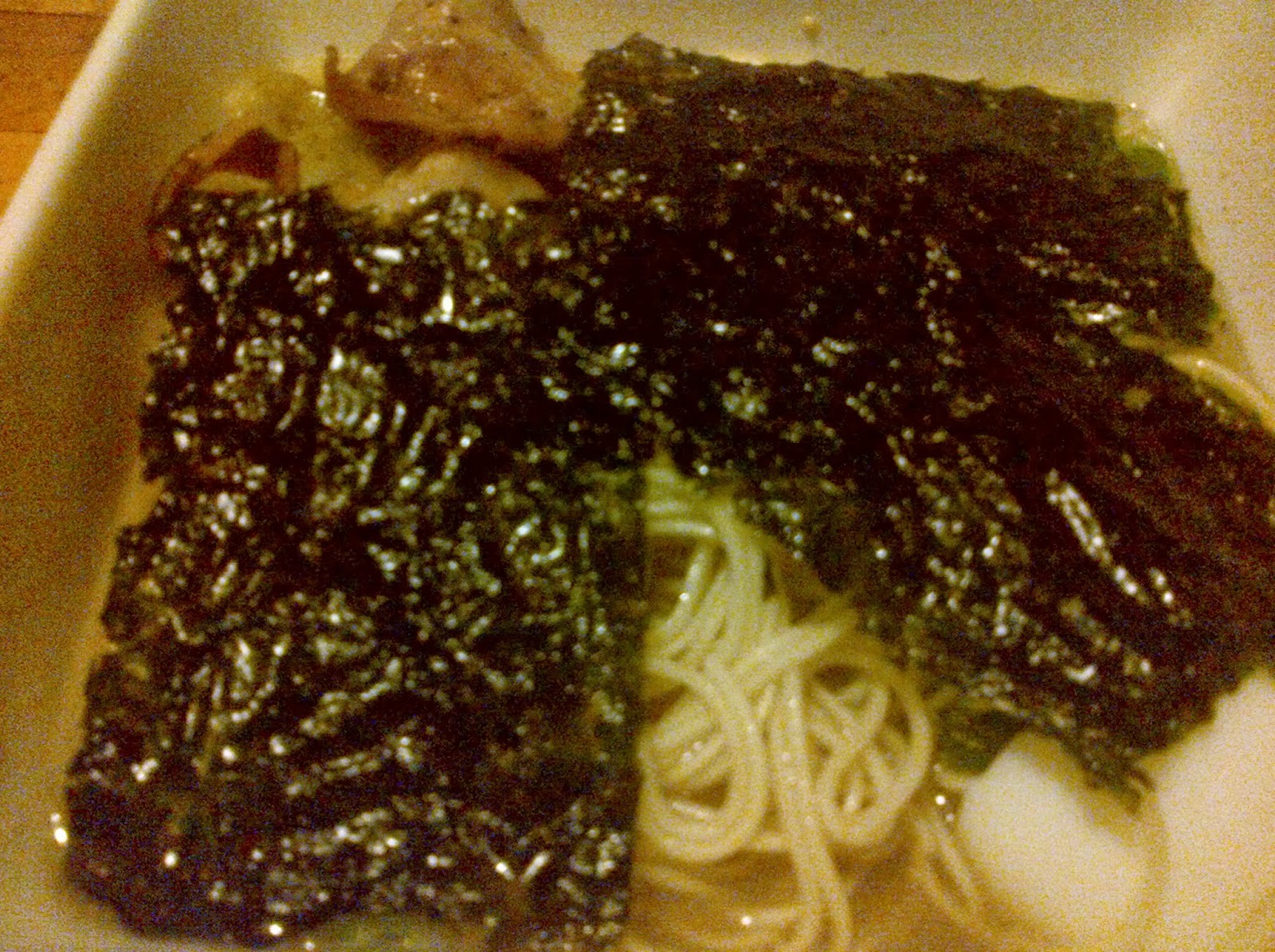Apparently Timon and Pumba were onto something with there preference for foods with a slippery, sticky texture. But fear not: natto is NOT a grub! It's not even an insect; in fact, it's a fermented bean. Incidentally, it comes from the same bean as does tofu and soy, and it happens to be incredibly good for you. Rumor has it that eating it thrice a week for four months will make you begin aging backwards. Considering that natto one of the very few foods which contains Vitamin K2, which is said to protect bones and have cancer-fighting properties, such rumors just may be true.
If you've never bought or prepared natto before, the whole process could be intimidating. Here's everything you need to know about it, in a nutshell.
First, nothing on the package will say "natto" in English. Here's what the package should look like (more or less) and what the Kanji should say:
This package should contain 2-3 styrofoam (I know, not exactly eco-friendly...but again, SO good for you!) boxes of natto. To prepare, open one of them. There will be two tiny bags, one containing light brown sauce and one containing mustard. Rip where indicated and drizzle entire contents over the natto.
Then eat together with some brown rice!
For most Americans, natto is not very palatable on its own. My advise to you: forget anything everyone's ever told you about the foul smell (even Japanese people often refer to it as "stinky beans"), and start simple.You never know: you might wind up actually liking it. If this particular method is not your cup of tea, keep following this blog: there are many, many ways to enjoy this favorite superfood of mine. You will be sure to find one that works for you.

























